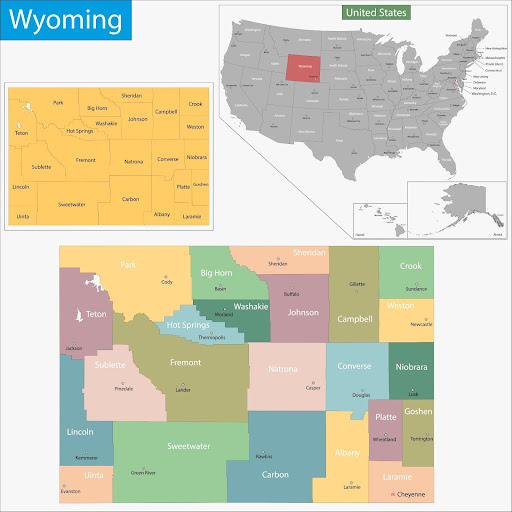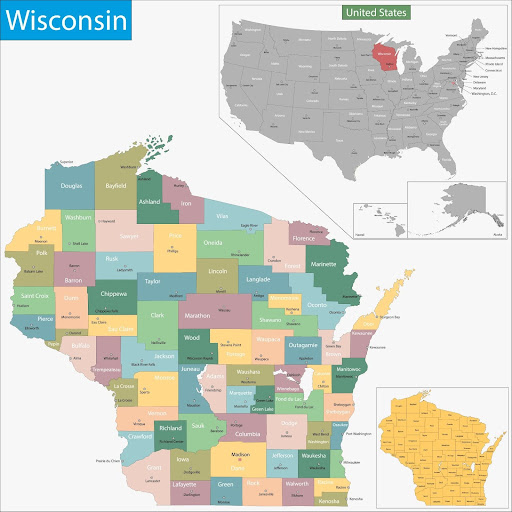Table of Contents
Wildfires in Delaware rarely mean vast frontlines or multi-week suppression campaigns for fire investigators. Instead, the challenge lies in identifying ignition sources within fragmented forests, tracing fire movement across mixed-use land, and working alongside agencies that span local VFDs to state-level fire control.
This guide breaks down wildland fire resources in Delaware, covering seasonal patterns, response agencies, investigation pathways, and training options, so you can move fast, document accurately, and coordinate effectively.
Live Incident Updates & Maps
While large-scale wildfires are rare in Delaware, real-time awareness still matters, especially during dry, high-wind days when conditions shift rapidly. Investigators and ICs can monitor active fire activity through this tracker.
State Overview
Delaware’s fire environment is largely shaped by two forces: coastal ecology and human proximity. Forestlands, concentrated in Sussex and Kent counties, include loblolly pine, oak, and cedar, all prone to ignition in dry conditions.
- Southern Delaware (Sussex County): Home to the most wildland fires in the state. Sandy soils, pine stands, and rural housing developments create ideal surface fire conditions during drought.
- Central Delaware (Kent County): Mixed forest-agriculture interfaces, with seasonal debris burns and equipment-caused fires.
- Northern Delaware (New Castle County): Urbanized, but still contains scattered forest corridors where downed power lines or backyard burns can spark incidents.
While annual acreage burned is relatively low, the potential for fast-moving surface fires near homes remains high, particularly in spring.
Wildfire Season Timeline
Delaware’s fire season centers around the spring months, although smaller events can occur in late fall:
- Spring Season (March–May): The dominant fire season. Before vegetation leaf-out, dormant grasses and understory fuels dry quickly. Most wildfires occur during this window, often due to escaped debris burns, arson, or mechanical ignitions.
- Fall Season (October–November): Less active, but dry leaf litter and low humidity can support short-duration fires. These tend to occur near private land use or recreational areas.
Fire investigators should time-stamp scene evaluations with recent weather reports and burn permit history. Wind speed, RH, and drought index readings (Keetch-Byram) from the past 48 hours often help narrow down ignition timing and cause scenarios.
Key State Agencies Involved
- Delaware Forest Service (DFS): A division of the Department of Agriculture, DFS is the lead agency for wildland fire response across the state’s forested lands. The agency manages fire detection, suppression, investigation, and prevention programs. DFS also coordinates Delaware’s deployment to national fire incidents through its nationally certified wildfire crews. Investigators may liaise with DFS Forest Protection Specialists or regional Fire Supervisors during origin-and-cause assessments.
- Delaware Volunteer Fire Service: While not a single agency, Delaware’s 60+ volunteer fire companies play a critical role in wildland fire suppression, especially in rural areas. Many VFDs maintain brush trucks and slip-on units and have members trained through the DFS or NWCG programs. These departments are often first on the scene, making their reports and personnel interviews valuable to investigators.
- U.S. Forest Service: Delaware does not contain federally managed national forests, but the USFS may support the state through technical training and Compact participation. DFS wildland fire crews may also deploy to USFS incidents, receiving updated investigative protocols in the process.
Local Wildland Firefighting Resources
Wildland fire suppression in Delaware is lean but well-integrated. Here’s who you’ll typically coordinate with.
List of Local/State/Federal Fire Response Agencies
- Delaware Forest Service: Owns Type 6 engines, fire plows (dozers), and portable water delivery systems. DFS also maintains a network of wildfire-trained personnel who assist local responders during escalated events.
- Volunteer Fire Companies: Most towns in Delaware are covered by VFDs. Their knowledge of local topography, ignition history, and burn culture is invaluable during scene reconstruction.
- Delaware Emergency Management Agency (DEMA): Supports wildfire coordination in declared emergencies.
- U.S. Forest Service (USFS): Advisory role via Compact support or out-of-state training deployments.
Contact Numbers and Emergency Links
- Report a Wildfire: Dial 911 or contact the DFS at (302) 698-4500
- Delaware Forest Service Wildfire Page: de.gov/forestry
- Northeast Forest Fire Protection Compact: nffpc.org
- State Burn Ban Info: dnrec.delaware.gov
Training & Volunteering
Delaware’s wildfire training ecosystem is anchored by DFS, which provides NWCG-aligned instruction to both state personnel and local volunteers.
NWCG-Approved Academies and Centers
Delaware Forest Service Training Program offers:
- S-130/S-190/L-180: Basic Firefighter and Fire Behavior. Often hosted in winter ahead of the spring fire season.
- RT-130: Annual fireline refresher.
- FI-210 – Wildland Fire Origin & Cause Determination: Delivered periodically, especially for those training toward INVF roles.
Training is typically offered at Blackbird State Forest or through partnered fire companies across the state.
Volunteer and Seasonal Training Opportunities
- Delaware Volunteer Wildfire Crew: DFS recruits and trains wildland firefighters for in-state response and out-of-state national assignments. Many of these personnel rotate into investigative support roles after gaining field experience.
- VFD Wildland Certification Pathways: Local departments may host NWCG courses or send members to DFS-sponsored events. Investigators benefit from understanding how trained VFD responders document initial suppression and perimeter conditions.
Stay Updated About Delaware’s Wildland Fire Landscape
Delaware may not experience massive wildfires, but the risks are real, especially during spring burn windows and dry fall spells. What sets the state apart is its fast suppression capacity, well-trained volunteer network, and compact complexity. Fires may only cover a few acres, but they often threaten homes, schools, and key infrastructure.
For investigators, understanding the interplay between DFS response, local burn culture, and rapid mutual aid can sharpen every report. Stay connected with the Compact, monitor DFS dispatch activity, and treat every small ignition with the same forensic discipline you’d bring to a larger fire.
FAQs
How do I report a wildfire in Delaware?
Call 911 immediately. You can also notify the Delaware Forest Service directly at (302) 698-4500.
Can I conduct a controlled burn in Delaware?
Yes, but only with proper authorization. Burn permits are issued by DFS or your local fire warden. Burning is restricted during drought conditions and statewide bans, often declared by DNREC or DFS.
Who investigates wildfires in Delaware?
Fire investigations are typically led by the Delaware Forest Service, often in collaboration with the local VFD and fire marshal. DFS uses NWCG-aligned protocols and may refer criminal cases to state or county law enforcement.










